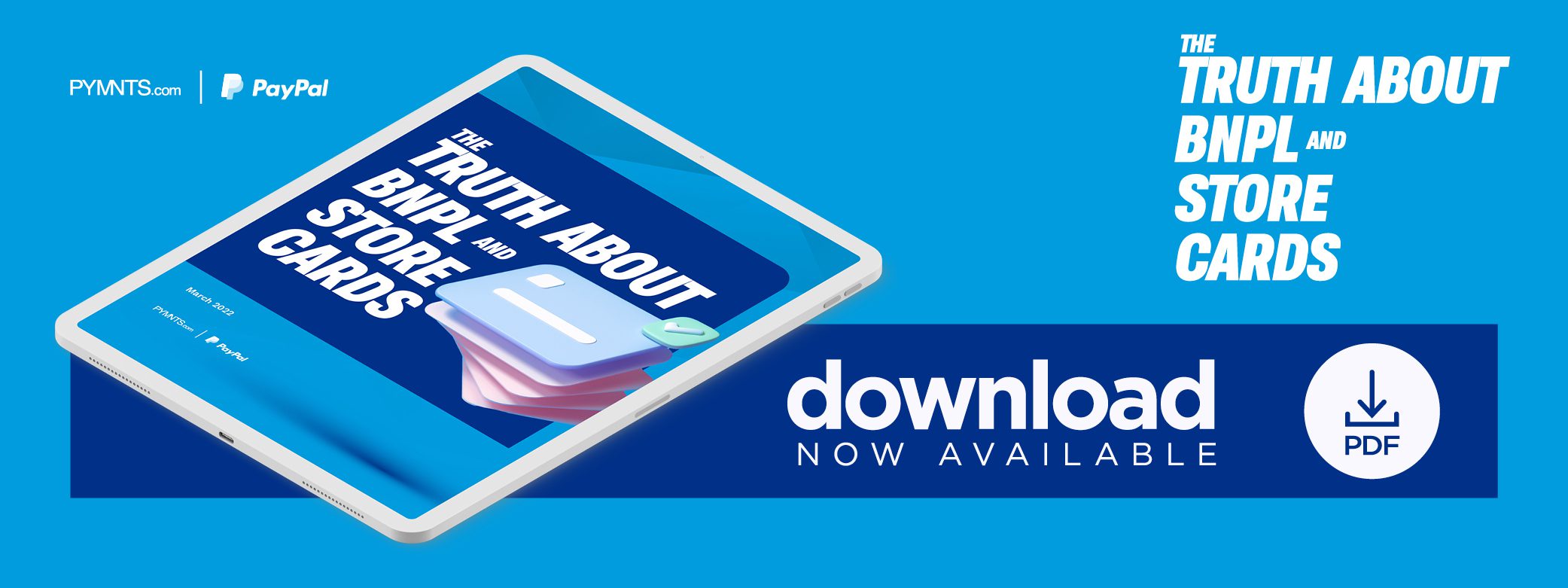Bored Apes NFT Rampage Spikes Transaction Fees
One of the leading ranges of non-fungible tokens (NFTs) sold 55,000 NFTs for a record $317 million.
The transaction fees for these sales? $4,000 to $10,000. Each.
Total cost? $200 million for 55,000 transactions. Welcome to Ethereum, the little blockchain that can’t.
In fact, Ethereum is by far the largest blockchain, with the vast majority of crypto platforms and decentralized applications built on its 12-15 transactions per second (TPS) backbone network. This includes decentralized finance (DeFi) projects as well as hot new metaverses and NFTs like the exorbitantly priced avatars of the Bored Ape Yacht Club, which can sell for six or even seven figures.
See also: PYMNTS Blockchain Series: What is Ethereum? The Blockchain That Moved Crypto Beyond Money
This has happened to Ethereum before, albeit on a much smaller scale, starting with another hot NFT project – the first and most famous being the launch of the CryptoKitties-based game NFT in October 2017.
CryptoKitties was the first real NFT craze, and by December transactions had increased by 600%. While CryptoKitties was selling at six figures, the blockchain was very crowded and all transactions were very delayed. It was so bad that many heavyweight developers rushed to find a short-term solution to prevent the whole project from collapsing.
Read more: PYMNTS NFT Series: What are NFTs and why are they the new “next big thing?” of Crypto?
He also clarified that Ethereum – along with Bitcoin, which has around a third of the transaction speed – was simply not capable of becoming a true alternative payment rail.
This kicked off the need for a longer-term solution in the form of the much-delayed Ethereum 2.0 project, which the developers promise will scale to 100,000 TPS and beyond.
Related: Ethereum 2.0 will not be faster, says Vitalik Buterin. But it will always evolve massively
Ethereum transactions already cost $5-15 or more regularly at peak times and have reached hundreds of dollars, making them far from useful for day-to-day payments.
This is why a number of competing Ethereum blockchains like Algorand, Avalanche, Cardano, Polkadot, and Solana – the so-called “Ethereum killers” – have flourished. They offer much better scalability alongside the eco-friendly consensus mechanism called proof-of-stake (PoS), which Ethereum 2.0 will eventually use.
See also: PYMNTS Blockchain Series: What is Algorand? Blockchain securing transactions by distributing wealth
Traditional payment channels wouldn’t be clogged by a sale of 55,000 people either — Visa’s networks can handle 65,000 TPS — and even if it did, there wouldn’t be a bidding war for transaction orders that would drive fees up to five figures.
Beat their chest
Bored Ape Yacht Club (BAYC) was responsible for the latest and far biggest Ethereum debacle which began at 9pm on April 30.
Read more: Planet of the Bored Apes
Better yet, the jostling wasn’t really for a new breed of bored monkeys. The NFTs sold for 305 ApeCoin tokens from BAYC developer Yuga Labs – roughly $5,800 – fetching $317 million.
No, the NFTs in question allow the owner to purchase one of 100,000 plots of NFT “land” in a metaverse project called Otherside, which is all vaporware at this point, as just announced in March, following a $450 million funding round.
Related: Bored Ape Yacht Club Sets Up $300 Million Metaverse Land Sale
So buyers who flooded the sale were buying permission to buy an NFT later.
The problem is that like many tokens, ApeCoin is built on an Ethereum technical standard, ERC-20, which allows it to be used for transactions on the Ethereum blockchain just like ether tokens. The Bored Ape avatars themselves are ERC-721 tokens, like most NFTs, which also run on Ethereum.
——————————
NEW PYMNTS DATA: THE TRUTH ABOUT BNPL AND STORED CARDS – APRIL 2022

On: Shoppers who have store cards use them for 87% of all eligible purchases – but that doesn’t mean retailers should start buy now, pay later (BNPL) options at checkout. The Truth About BNPL and Store Cards, a collaboration between PYMNTS and PayPal, surveys 2,161 consumers to find out why providing both BNPL and Store Cards is key to helping merchants maximize conversion.